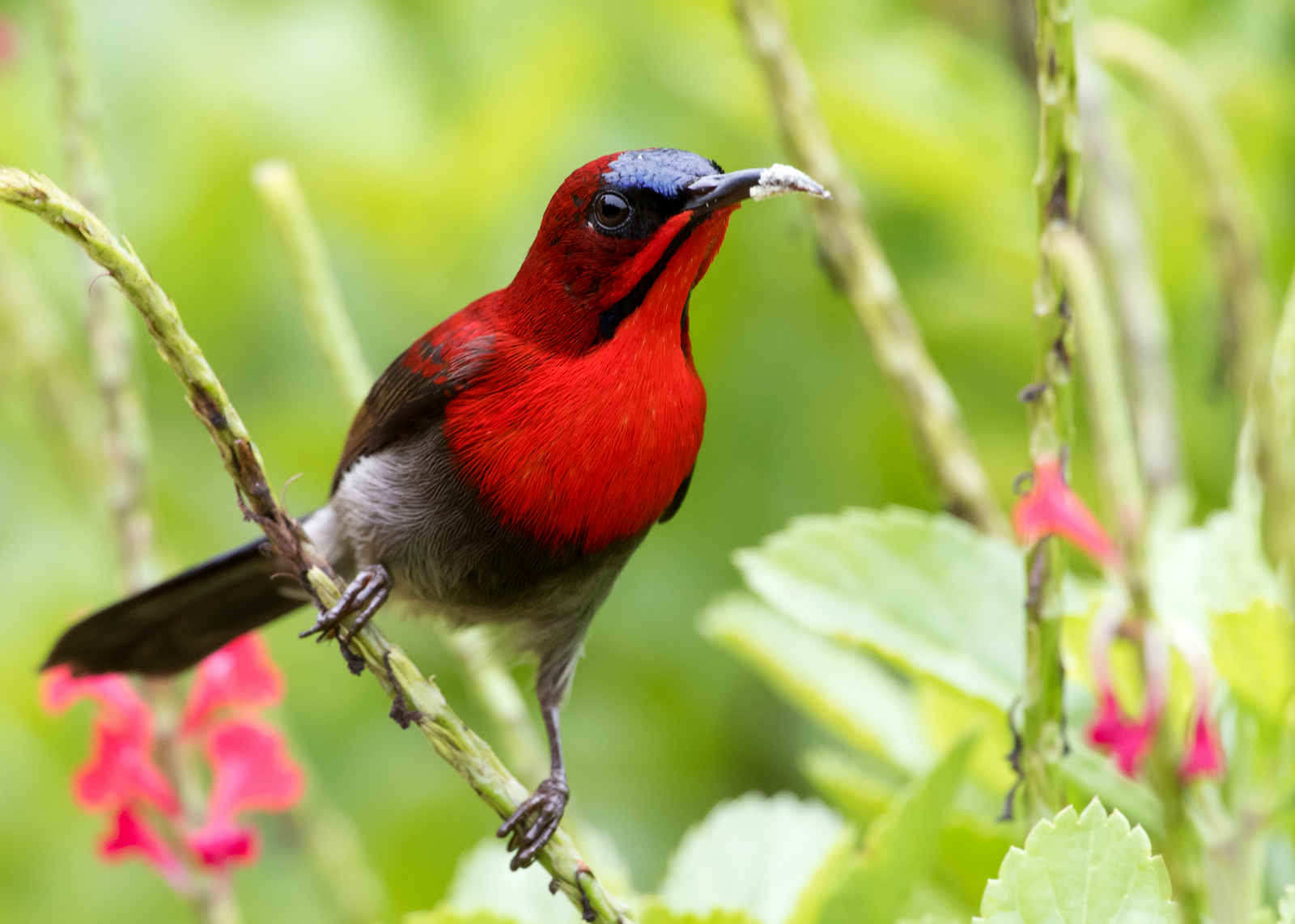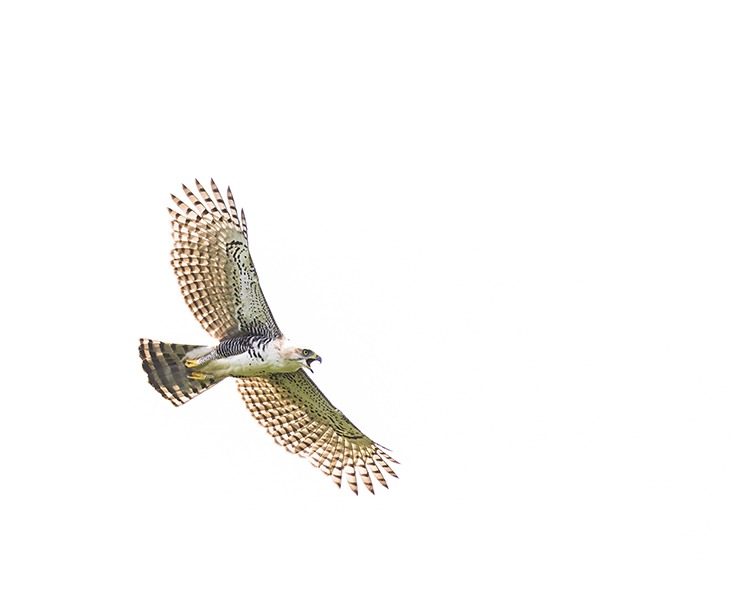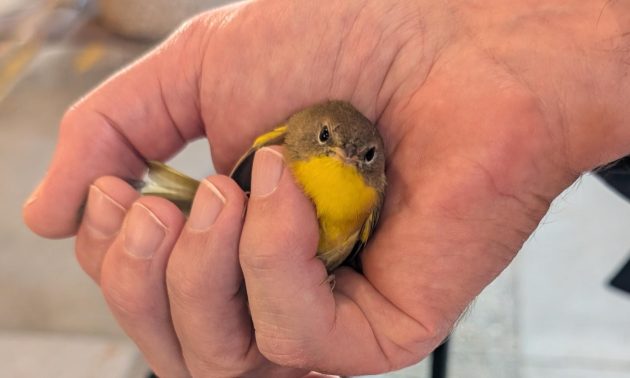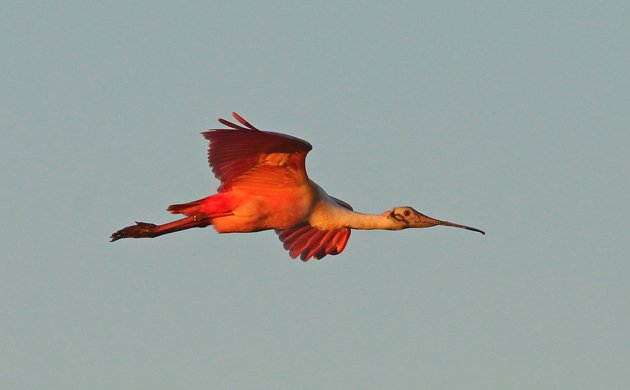PROTECT YOUR DNA WITH QUANTUM TECHNOLOGY
Orgo-Life the new way to the future Advertising by Adpathway
I know. The title sounds a bit like the defense of a mass murderer – he only did his deeds to reduce the global population in a fight against climate change caused by human activities. But fortunately for chemists like me, the case for chemicals supporting bird protection is a bit stronger. Here are some examples.
Alternative Pesticides
Traditional pesticides such as DDT and others harm birds through poisoning, egg shell thinning, or reducing their food supply. Safer alternatives include
- “Biopesticides” (originally sourced from plants but may also be obtained via chemical synthesis) with better biodegradability
- Pheromones such as (Z,E)-9,11-tetradecadienyl acetate, a moth sex pheromone used in moth traps
- Insect growth regulators such as methoprene (which keeps insects from maturing)
- Chitin synthesis inhibitors like diflubenzuron (which prevents exoskeleton formation of insects).
Most of these are synthesized chemically, and generally, their advantage lies in better biodegradability, lower persistence and accumulation, and a more specific target (i.e., only targeting insects, not birds).
Lead Alternatives
Lead poisoning is a major danger to ducks, raptors, and vultures. Safer alternatives to lead bullets are based on other metals such as steel, bismuth-tin alloys, and tungsten composites. There are similar, safer alternatives to lead fishing weights, a danger particularly to waterbirds. Personally, I still do not understand hunters and fishermen, whether using lead or not (how can you enjoy killing animals?). But I guess that is not the topic of this post.
Chemical Habitat Restoration
Strange as it may sound, but restoring habitat which has been damaged by chemicals may sometimes best be done using other chemicals. For example, an acidified river may require treatment with a neutralizing agent such as lime (calcium oxide) to restore it to a habitable pH value. Soil contaminated by heavy metals may be treated by chelating agents such as EDTA or EDDS that can, in essence, extract the toxic metals from the soil.
Veterinary Medicine
This is a no-brainer – most medicine available to treat or prevent diseases in birds is based on chemicals.
Ornithological Research
Some ornithological research is supported by chemical techniques, such as the marking of feathers or stable isotope analysis to track migration routes and food sources. In turn, this research contributes to bird conservation.
Bird Repellents
Some chemicals, such as methyl anthranilate, are used to repel birds from specific locations that may be dangerous to them, such as airports.
Coatings
Protective coatings on power lines can prevent electrocution, while applying black color to one of the three blades of a wind turbine substantially reduces the risk of bird collision (source).
(Paraphrasing Seth Meyers on his late-night show: Paint one blade of a wind turbine black: Fewer dead birds. Paint one blade sky blue: Bloodbath)
Written by Kai Pflug
Kai has lived in Shanghai for more than 21 years. He only started birding after moving to China, so he is far more familiar with Chinese birds than the ones back in his native Germany. As a birder, he considers himself strictly average and tries to make up for it with photography, which he shares on a separate website. Alas, most of the photos are pretty average as well. He hopes that few clients of his consulting firm—focused on China’s chemical industry—ever find this blog, as it might raise questions about his professional priorities. Much of his time is spent either editing posts for 10,000 Birds or cleaning the litter boxes of his numerous indoor cats. He occasionally considers writing a piece comparing the two activities.























 English (US) ·
English (US) ·  French (CA) ·
French (CA) ·